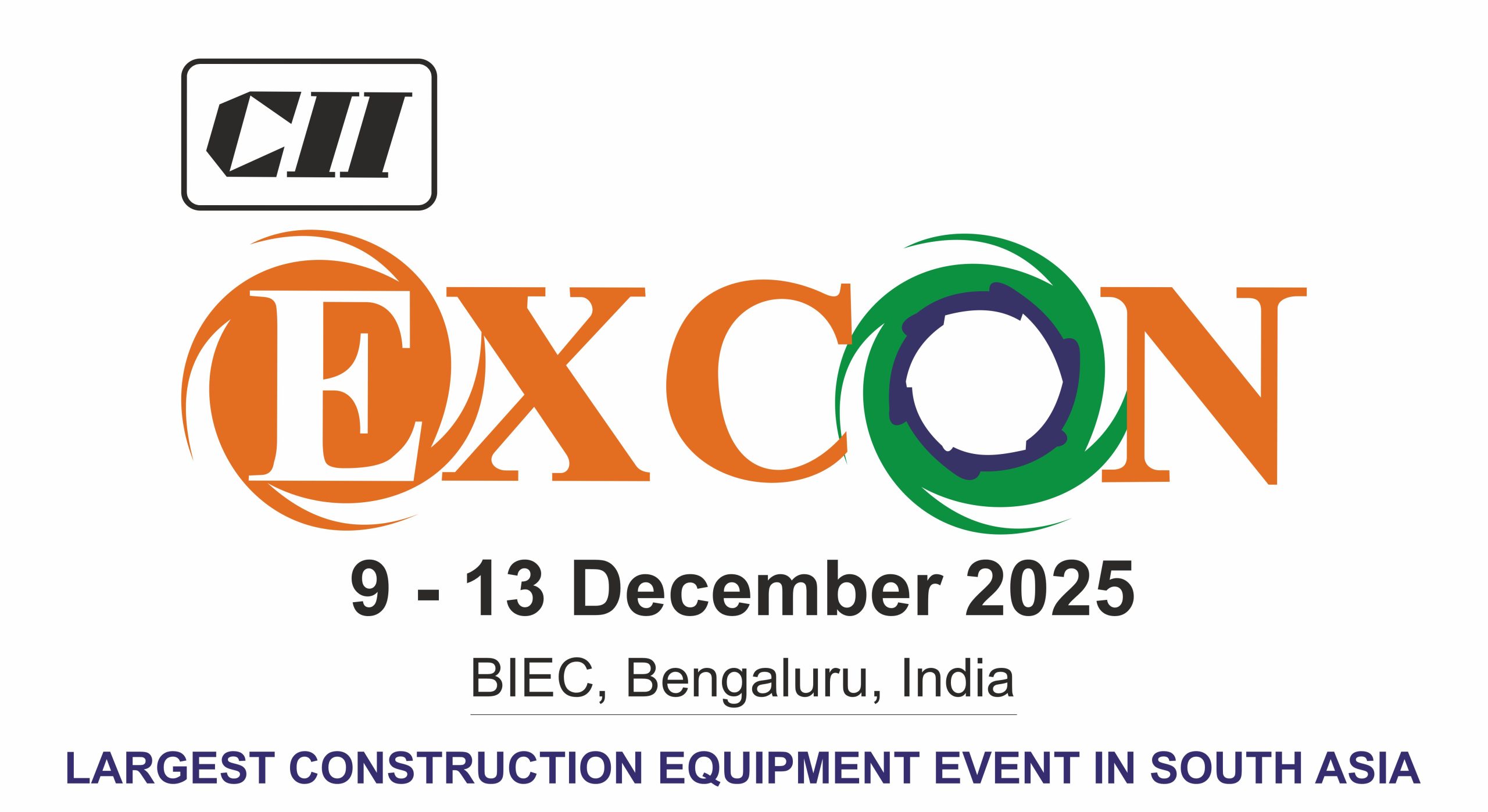Mumbai, India’s financial hub, is grappling with a growing crisis — over 1.3 lakh unsold homes cluttering the skyline. While construction continues at a frantic pace, these vacant units tell a story of mismatch between pricing and real demand.
Developers have banked heavily on premium projects, but the middle class’s buying power hasn’t kept up. With rising interest rates and stagnant wages, many buyers are either waiting for corrections or shifting to Navi Mumbai and Thane for better value.
Gone are the days of investor-led buying. Today’s market is dominated by price-conscious end-users, while developers face mounting debts, delayed projects and cash flow issues. Micro-markets like Goregaon and Kandivali are feeling the heat, with discounts and flexible plans becoming common, though steep corrections are still resisted.
For homebuyers, this could mean better deals ahead. But trust and timely delivery remain critical. For developers and the economy, the unsold pile threatens liquidity, employment and future growth.
To recover, developers must shift toward affordable housing, and authorities must back them with policy support, faster approvals and rental reforms. Mumbai’s unsold inventory isn’t just a number, it’s a wake-up call for an urgent, citywide real estate rethink.









